Innovative Lifting And Handling Equipment Solutions for Modern Warehousing Needs
In the rapidly evolving landscape of modern warehousing, the demand for innovative lifting and handling equipment solutions has never been more critical. According to a recent report by MarketsandMarkets, the global material handling equipment market is projected to reach $254.3 billion by 2026, growing at a CAGR of 6.6%. As warehouses adopt automation and advanced technologies to improve efficiency and reduce operational costs, the role of lifting and handling equipment becomes increasingly vital. These solutions not only enhance productivity but also ensure safety by minimizing the risk of manual handling injuries. With the rise of e-commerce and the need for faster order fulfillment processes, the integration of cutting-edge lifting and handling equipment is essential for warehouses to remain competitive. Embracing these advancements will not only streamline logistics operations but also support the overall growth and sustainability of supply chains in an ever-changing market.
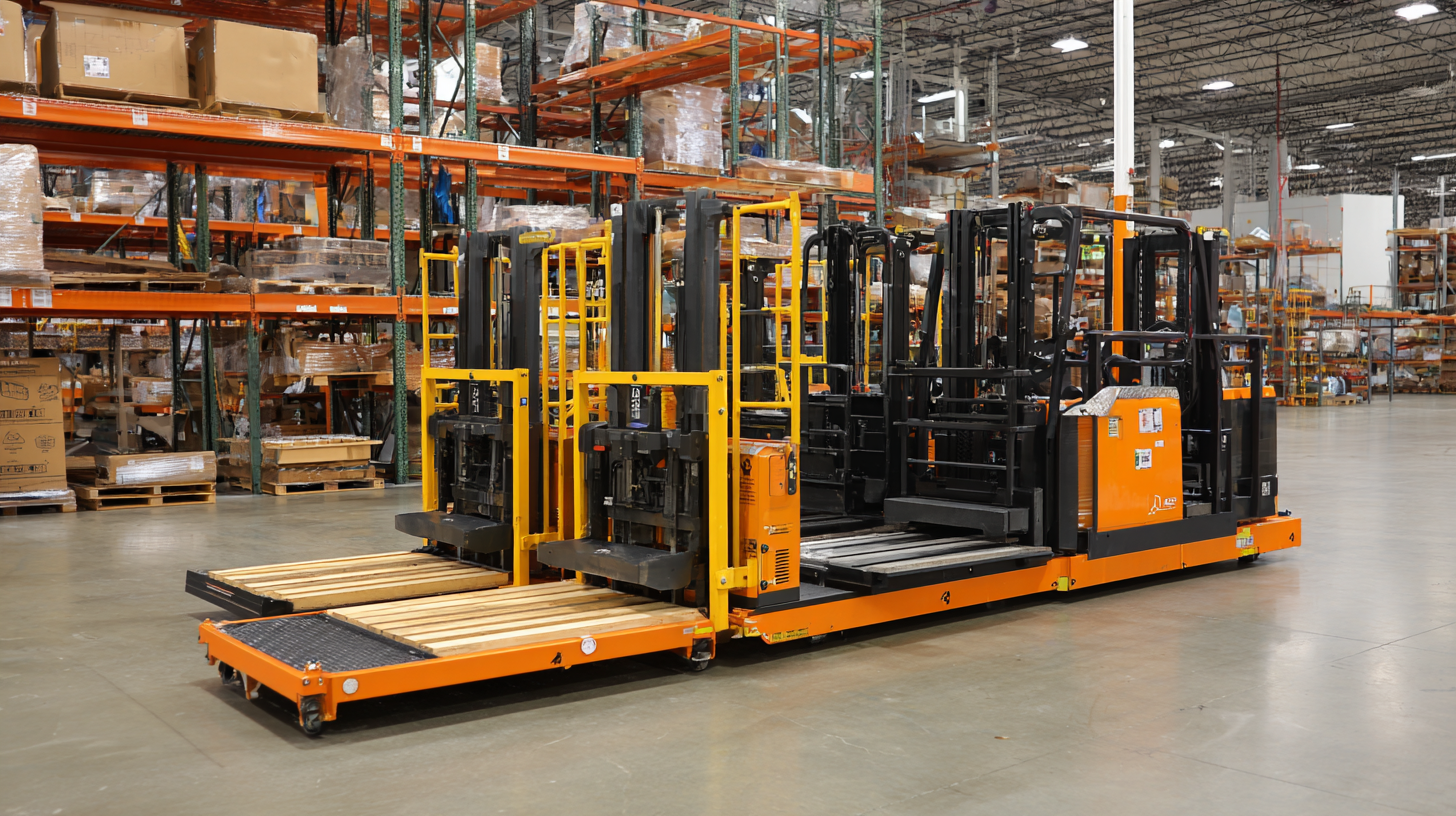
Exploring the Latest Innovations in Lifting Equipment for Warehousing
In the rapidly evolving landscape of modern warehousing, the demand for innovative lifting and handling equipment has never been greater. As warehouses adapt to increasing inventory demands and the need for greater efficiency, the latest advancements in lifting technology provide essential solutions. From automated guided vehicles (AGVs) to advanced robotic arms, these innovations enhance productivity by minimizing manual handling, reducing the risk of injury, and allowing for streamlined workflows.
One of the standout trends in lifting equipment is the integration of smart technology. IoT-enabled devices are transforming how inventory is managed and moved. Equipped with sensors and real-time data analytics, these smart lifting solutions enable warehouse operators to monitor equipment and manage loads with unprecedented precision.
Moreover, advancements in lightweight materials have led to the development of more agile lifting devices that can easily maneuver in tight spaces, further optimizing warehouse layouts and operations. These cutting-edge innovations signify a significant shift toward more robust, efficient, and versatile lifting solutions tailored to meet the evolving demands of contemporary warehousing.
Selecting the Right Handling Solutions for Different Warehouse Applications
In modern warehousing, selecting the right handling solutions is crucial for optimizing efficiency and productivity. According to a recent report by the Material Handling Industry of America (MHIA), nearly 70% of companies are looking to invest in automated handling technologies to meet the demands of faster delivery times and increased order accuracy. This trend highlights the importance of understanding the specific applications and requirements of different warehouse operations when choosing equipment.
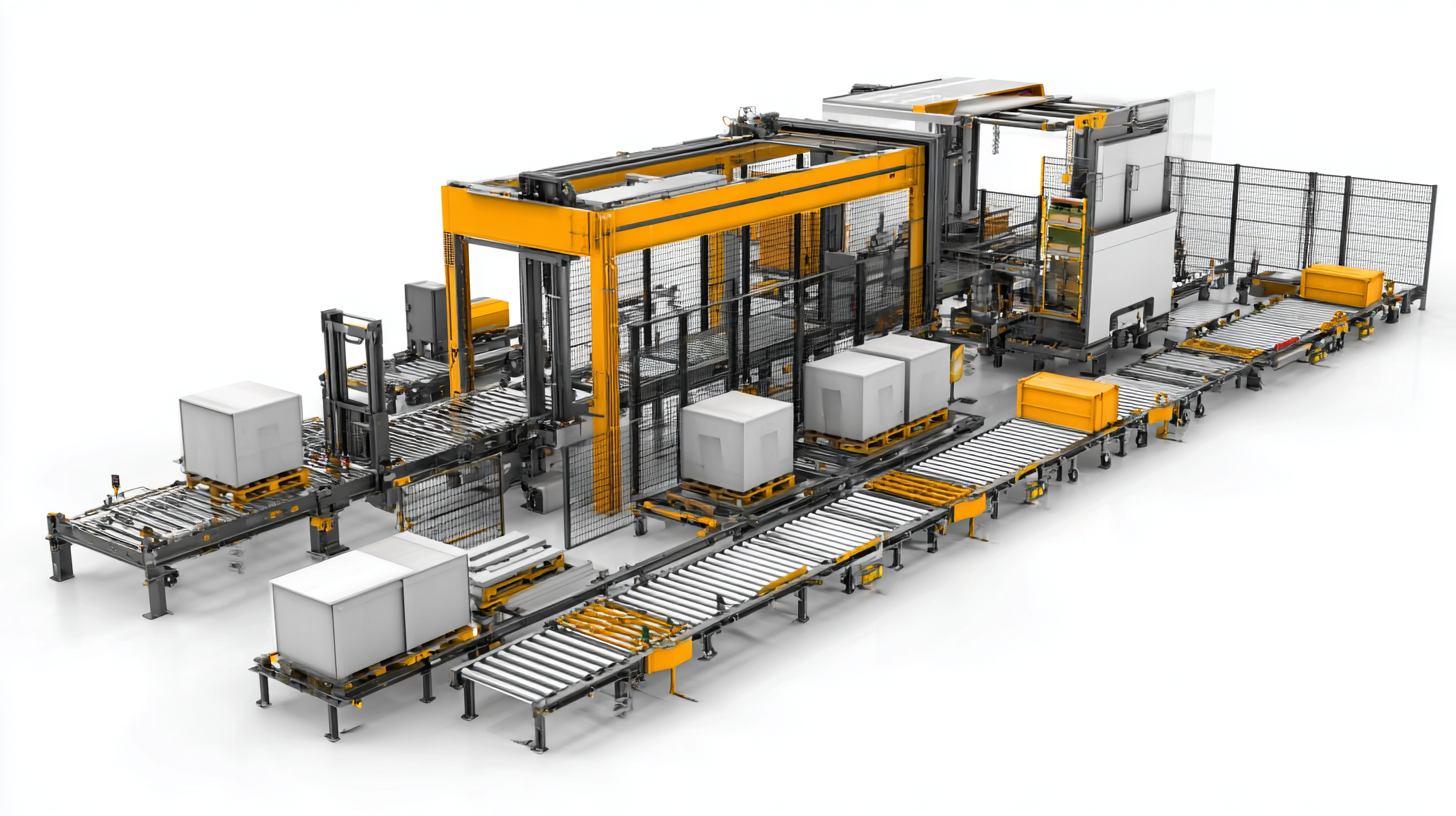
For example, the needs of a cold storage facility differ significantly from those of a conventional warehouse. In cold storage, equipment must be designed to operate effectively in low temperatures, potentially impacting materials and durability. Conversely, traditional warehouses may prioritize flexibility and speed, benefiting from solutions like automated guided vehicles (AGVs) or mobile racks. Adopting equipment tailored to specific environments can enhance safety and reduce operational costs over time.
Tips: When evaluating handling solutions, always consider the load capacity and space constraints of your warehouse. Additionally, investing in training for staff to operate new equipment can improve efficiency and reduce accidents. Lastly, conducting regular reviews of your equipment’s performance ensures that you stay ahead of evolving industry standards and demands.
Maximizing Efficiency with Automated Lifting Systems
The rapid evolution of warehousing demands innovative solutions that streamline operations and maximize efficiency. Automated lifting systems have emerged as a pivotal technology to address these needs. By integrating sophisticated robotics and artificial intelligence, these systems significantly reduce the time and labor associated with traditional manual handling. Automated lifts can swiftly transport heavy goods, optimize storage space, and minimize the risk of workplace injuries, creating a safer and more productive environment.
Moreover, modern automated lifting systems are designed for versatility. They can be seamlessly incorporated into existing warehouse infrastructures, adapting to various layouts and workflows. Advanced features like real-time tracking and inventory management further enhance efficiency, allowing organizations to monitor performance and make informed decisions on resource allocation. As businesses prioritize agility and responsiveness, investing in automated lifting technologies becomes essential for maintaining a competitive edge in today’s fast-paced logistics landscape.
Safety Considerations in Modern Lifting and Handling Equipment
In the realm of modern warehousing, safety stands as a paramount concern when implementing innovative lifting and handling equipment. As warehouses evolve to meet increasing demands for efficiency and productivity, the safety features of handling equipment must keep pace. Incorporating advanced technologies such as automatic load sensing, emergency stop mechanisms, and ergonomic designs can significantly reduce the risk of accidents. Training employees on the correct use of such equipment is equally crucial, ensuring they are aware of potential hazards and best practices.
Moreover, regular maintenance and inspections are vital for upholding safety standards in lifting and handling operations. Implementing routine checks and ensuring equipment is up to date with safety regulations can prevent malfunctions that lead to injuries. By prioritizing both the advancement of technology and the cultivation of a robust safety culture, modern warehouses can create an environment where efficiency and employee well-being coexist harmoniously.
Innovative Lifting And Handling Equipment Solutions for Modern Warehousing Needs
| Equipment Type | Load Capacity (kg) | Lift Height (m) | Power Source | Safety Features |
|---|---|---|---|---|
| Electric Pallet Jack | 2500 | 2.5 | Electric | Emergency Stop, Dead Man Switch |
| Forklift | 5000 | 3.0 | Diesel | Load Backrest, Overhead Guard |
| Manual Hand Truck | 300 | N/A | N/A | None |
| Cranes | 10000 | 10.0 | Electric | Anti-Collision System, Load Limiter |
| Stackers | 1500 | 3.2 | Manual/Electric | Safety Beeper, Operator Control |
Integrating Smart Technology for Enhanced Warehouse Operations
In today’s fast-paced logistics landscape, the integration of smart technology into lifting and handling equipment is revolutionizing warehouse operations. Advanced systems equipped with IoT sensors can monitor equipment performance in real-time, enabling predictive maintenance and reducing downtime. This proactive approach not only optimizes operational efficiency but also extends the lifespan of equipment, ensuring that warehouses can meet the increasing demands of e-commerce and rapid order fulfillment.

Moreover, the use of automated guided vehicles (AGVs) and robotic systems enhances the flexibility of warehouse operations. These technologies facilitate the seamless movement of goods, minimizing human intervention and the risk of errors. By employing sophisticated algorithms for route optimization, warehouses can maximize storage space and streamline inventory management. The ability to gather and analyze data from these smart systems further empowers warehouse managers to make informed decisions, ultimately driving productivity and cost-effectiveness in modern warehousing.
Related Posts
-

Exploring Diverse Options for Essential Lifting Supply Solutions
-

Exploring the Surge in Global Demand for Lifting Blocks at the 137th Canton Fair
-
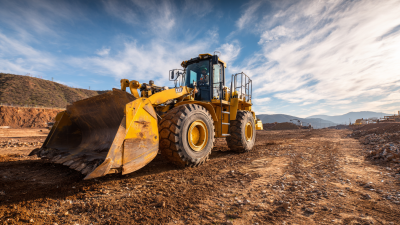
Mastering Heavy Equipment: A Comprehensive Tutorial for Industry Professionals
-
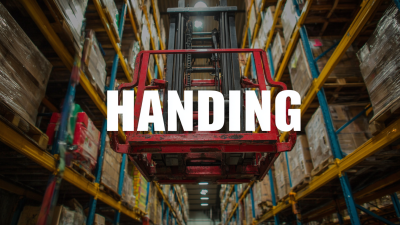
Unlocking Efficiency in Logistics with the Best Lifting and Handling Equipment Techniques
-

Exploring Innovative Alternatives to Traditional Lifts: Insights from the Best Lift Company
-
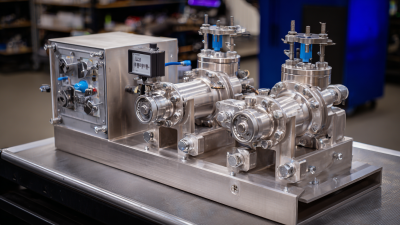
Exploring the Advantages of Best Vacuum Equipment for Maximizing Industrial Efficiency
